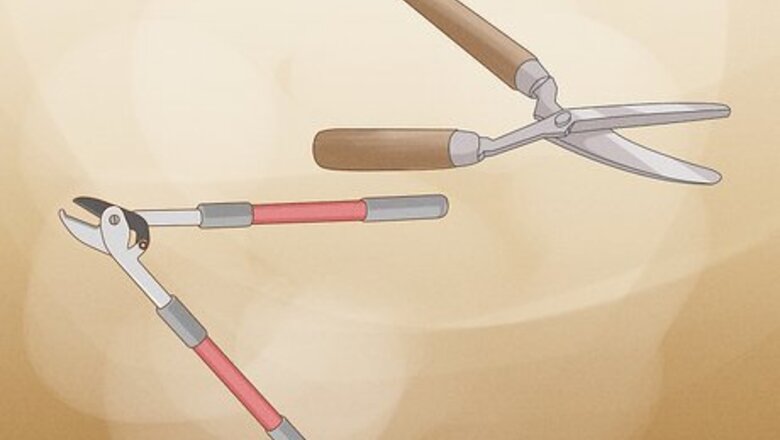
views
Gathering Tools and Picking the Right Time to Prune
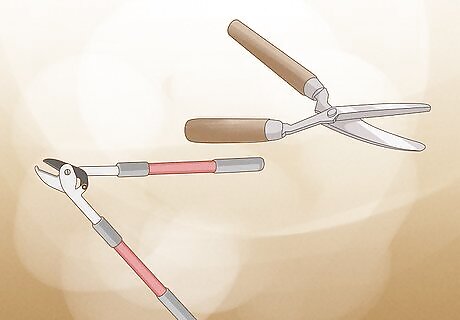
Get pruning tools. When trimming a white pine tree, gather a few tools to make your cuts. Hand pruners can be used for cutting small branches that are around a ⁄2 inch (1.3 cm) wide. Lopping shears are pruners with long handles that gives them more leverage to cut larger branches. They should be used for cutting branches between ⁄2 inch (1.3 cm) and 2 inches (5.1 cm) wide. If you have to cut a branch larger than 2 inches (5.1 cm) wide, use a pruning saw. This is a saw that is made to cut live wood, as opposed to a wood saw that is made to cut dry lumber.
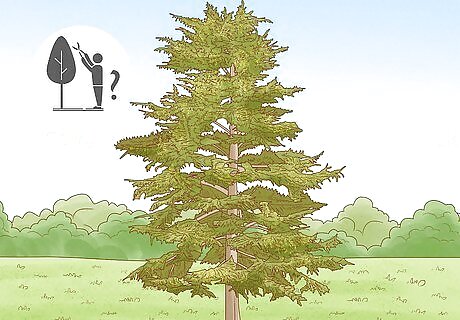
Decide whether the tree should be trimmed. Not all white pine trees need to be pruned on a regular basis. In general, trees younger than 25 years old benefit from pruning more than older trees do. When a tree is young, pruning can be used to train the tree to grow in a uniform way. However, when a tree gets older, it should be trimmed only when it has broken branches or some other acute issue. Also, very young trees that are less than a few feet tall should not be pruned. Let the tree get established for a year or two before you start cutting its branches. This does not mean that you can't prune an older tree. It simply means that once a white pine tree is very established, it is basically maintenance free.
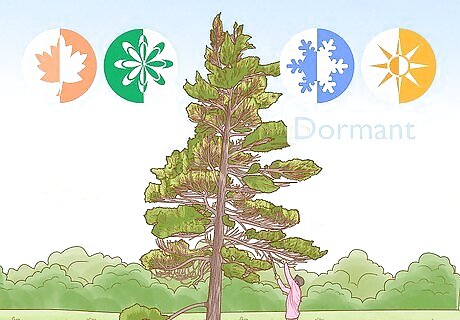
Trim a white pine tree when it is dormant. White pine trees should be trimmed in the late fall, winter, or early spring. This is when they are not expending a lot of energy on growth so they can easily recover from trimming. Trimming a live branch in the growing season can cause damage to the bark of the tree and can invite diseases to enter the tree. This is because diseases are more active in the warm, summer months.
Caring for a Landscape Tree

Clean your tools before using them. Pruning tools, such as shears and loppers, can spread disease from tree to tree if they are not cleaned in between uses. Cover the edge of a rag in rubbing alcohol and rub it on all the cutting surfaces of the tool. This will remove most of the communicable diseases that could be spread between plants. However, no cleaning method is 100% effective for all diseases. There is no way to guarantee complete protection. Wear protective gloves while you clean your tools so you don't accidentally cut yourself.
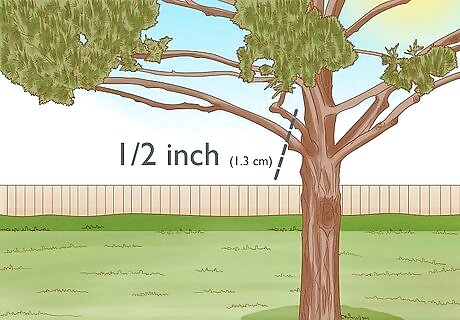
Trim branches close to the trunk but leave the collar. When trimming a branch leave less than ⁄2 inch (1.3 cm) sticking out of the trunk. However, you should leave the collar of the branch attached. This is the area where the branch attached to the tree that is rounded and wider than the branch. If you were to cut the collar off you would have a much bigger wound that the tree would have to heal. Leaving it intact allows the tree to heal more quickly.
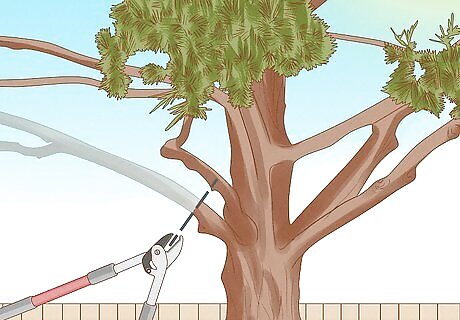
Make clean cuts. When pruning a white pine tree it is important to get a clean cut with a smooth surface. This will minimize the ability of diseases to enter the tree and will give the tree an attractive look. To accomplish this, do a first cut a few inches from the collar of the branch. This will ensure that any cracks and irregularities that occur while cutting won't go into the trunk. Then do a second clean cut next to the collar of the branch.
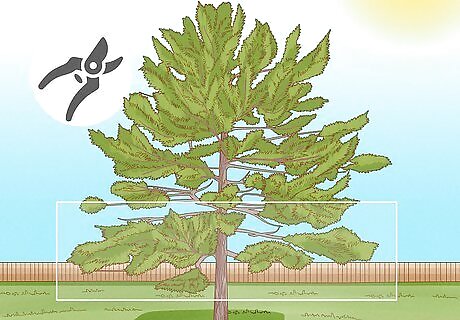
Trim off lower branches of older trees. Most older white pine trees self-prune, meaning they drop their lower branches as they grow taller. However, if your tree does not drop its lower branches or it has dead, unattractive pieces still attached, you should trim them off. Trimming lower branches also prevents blister rust, a fungus that infects and kills white pine trees. It is recommended that you trim all branches below 8 feet (2.4 m) off the ground on established trees that are 25 feet (7.6 m) or taller.

Thin a crowded tree. Younger trees can be thinned so that their branches grow thick and strong. Start thinning a white pine tree by removing branches that are particularly thin or misshapen. Then look at the overall attractiveness of the tree and remove any remaining branches that make the tree look overcrowded or unsymmetrical. It can take some practice to get good at thinning a tree. It is a subjective process that is mostly about creating an attractive and symmetrical tree. Before trimming, think about how you want the tree to look and only make cuts that move the tree closer to that image.
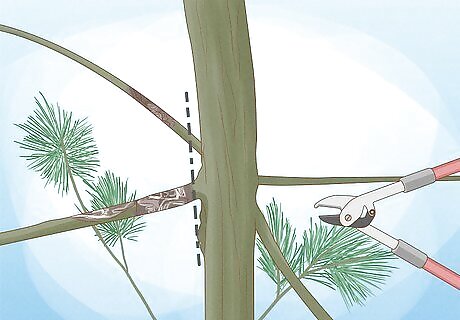
Cut off broken or diseased branches. When trimming an older tree, most of your pruning should be focused on pruning out unhealthy branches. Any branch that is dead, diseased, or broken should be removed in order to keep the tree healthy and beautiful. White pines in particular are known for keeping dead branches attached for a year or two. Remember, if you are tired of looking at dead branches in your tree, you can take it out without injuring the tree.
Shaping a Christmas Tree
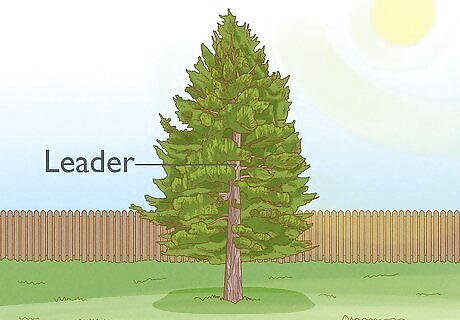
Take care of the leader. When pruning a white pine tree to make it into a Christmas tree, it's important to be able to identify the tree's leader. The leader is the center, top piece of the tree, which guides the tree's upward growth. This piece of the tree is important for keeping the trees overall growth going straight up and uniform. You can trim a young tree's leader but you don't want to trim too much of it off. Be sure to keep at least half of the leader if you decide you need to trim it. If a leader is not growing straight up, you should train it to do so. Tie a stick to the leader and position it so that the leader is forced into a perfectly straight position. The will cause the leader and the tree overall to grow straighter.
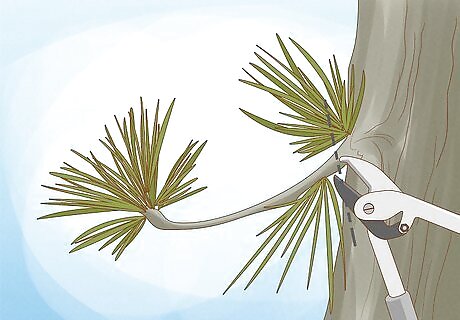
Trim new growth. When shaping a white pine tree into the perfect Christmas tree shape you should focus on cutting off new growth. Go around the tree and take off about half of the new growth. This will keep the shape of the tree consistent and will promote future growth toward the inside of the tree, making it full and attractive. If there are abnormal pieces of new growth, you can trim them completely off. This will ensure that only symmetrical branches thrive.
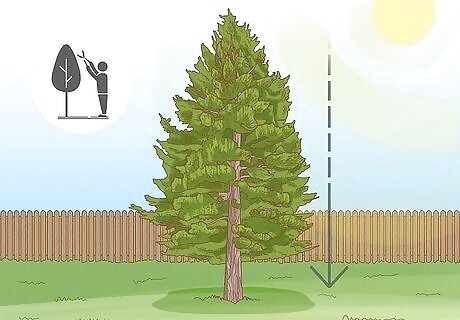
Prune the tree top to bottom. When shaping a whole tree it's important picture the shape you want and work toward that objective. To get that consistent and symmetrical shape while pruning, start your trimming at the top and work your way down. This allows you to focus on keeping the tree in a perfect cone shape as you go.


















Comments
0 comment